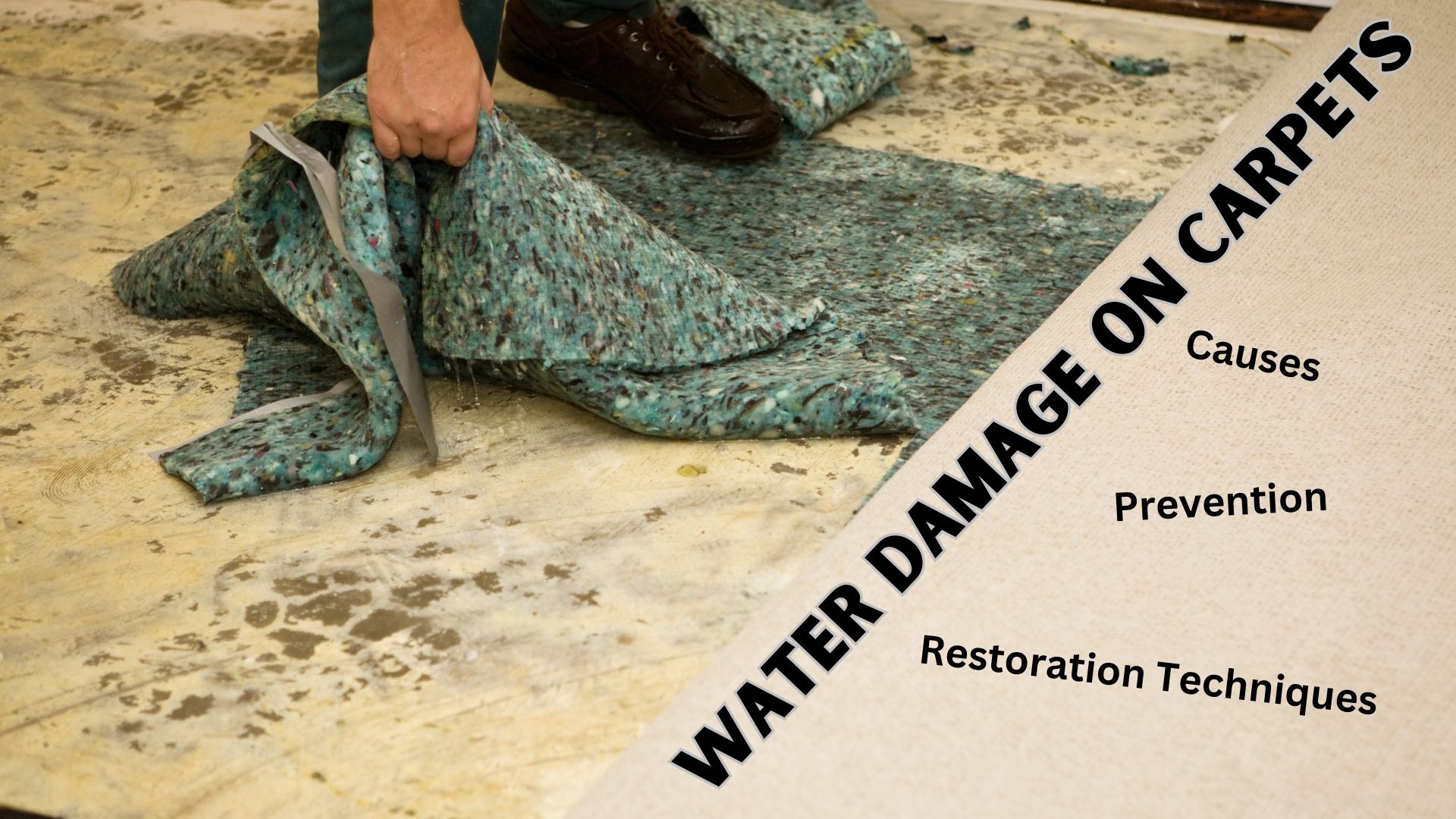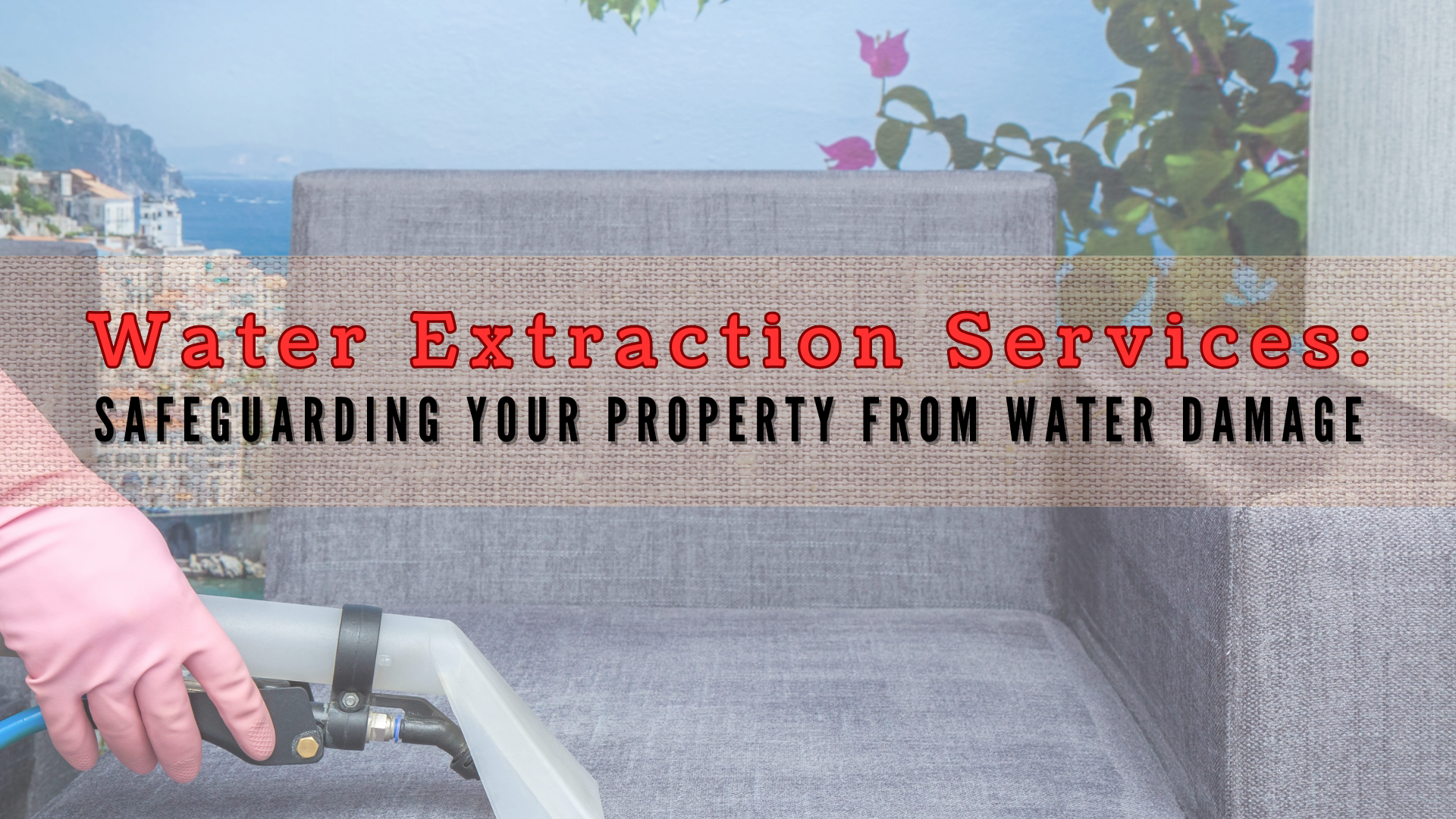Hurricanes, tsunamis, tidal waves, and overflowing lakes or rivers may cause catastrophic flooding and devastating water damage. They are natural disasters that typically result in a high rate of fatalities. The death toll from the China floods of 1931 is estimated to be about four million people. In 2004, the Indian Ocean tsunamis killed about 230,000. In 2005, even with highly advanced hurricane tracking and warning devices in place, Hurricane Katrina killed over 1,800 people in the Greater New Orleans, Louisiana area.
It may be difficult to be prepared for these powerful and destructive forces of nature. The general warning for tsunamis (a wave of water produced by underwater earthquakes) is a violent shaking of the ground. And even with that warning, the time frame is narrow. It is estimated that most tsunamis reach land within 20 or 30 minutes following an earthquake. An escape route might be limited; getting to higher ground on time may or may not be accessible.
Aside from death and destruction, flood waters often carry infectious bacteria such as E. coli and Salmonella and may contaminate drinking water. This may include floods caused by a hurricane’s heavy rains. Also, when actual flooding activity has ceased, standing water can become a breeding ground for mosquitoes, which can lead to additional health risks such as West Nile Virus, encephalitis, and other diseases. Areas not completely dry after flooding and remaining damp for an extended period of time can attract dust mites, cockroaches, and mold. This can cause lung ailments and other diseases for the people exposed in that environment.
Being mindful of the dangers and threats that flooding can bring will help one to understand the magnitude of the problem and find better ways to prepare oneself.




